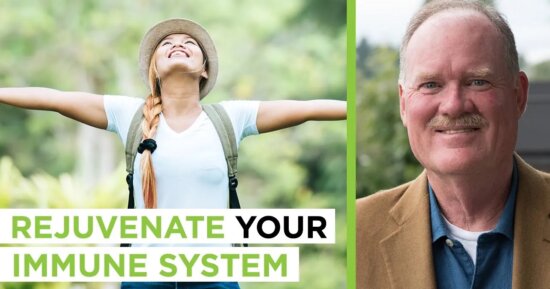Science
Remco Kort, Martien Caspers, Astrid van de Graaf, Wim van Egmond, Bart Keijser, Guus Roeselers
Background
The variation of microbial communities associated with the human body can be the cause of many factors, including the human genetic makeup, diet, age, surroundings, and sexual behavior. In this study, we investigated the effects of intimate kissing on the oral microbiota of 21 couples by self-administered questionnaires about their past kissing behavior and by the evaluation of tongue and salivary microbiota samples in a controlled kissing experiment. In addition, we quantified the number of bacteria exchanged during intimate kissing by the use of marker bacteria introduced through the intake of a probiotic yoghurt drink by one of the partners prior to a second intimate kiss.
Results
Similarity indices of microbial communities show that average partners have a more similar oral microbiota composition compared to unrelated individuals, with by far most pronounced similarity for communities associated with the tongue surface. An intimate kiss did not lead to a significant additional increase of the average similarity of the oral microbiota between partners. However, clear correlations were observed between the similarity indices of the salivary microbiota of couples and self-reported kiss frequencies, and the reported time passed after the latest kiss. In control experiments for bacterial transfer, we identified the probiotic Lactobacillus and Bifidobacterium marker bacteria in most kiss receivers, corresponding to an average total bacterial transfer of 80 million bacteria per intimate kiss of 10 s.
Conclusions
This study indicates that a shared salivary microbiota requires a frequent and recent bacterial exchange and is therefore most pronounced in couples with relatively high intimate kiss frequencies. The microbiota on the dorsal surface of the tongue is more similar among partners than unrelated individuals, but its similarity does not clearly correlate to kissing behavior, suggesting an important role for specific selection mechanisms resulting from a shared lifestyle, environment, or genetic factors from the host. Furthermore, our findings imply that some of the collective bacteria among partners are only transiently present, while others have found a true niche on the tongue’s surface allowing long-term colonization.












